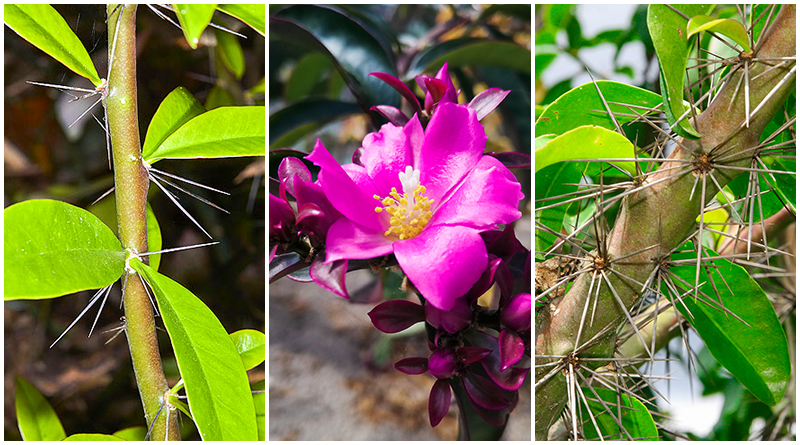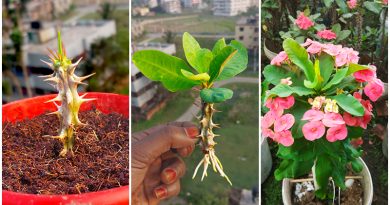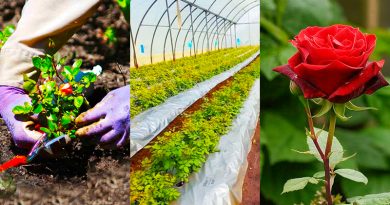Unique Growing Process of Rhodocactus grandifolius
Rhodocactus grandifolius, also known as the rose cactus. Stands out among cacti due to a unique characteristic: it retains persistent, broad, fleshy leaves. Unlike most cacti that have evolved to lose their leaves and perform photosynthesis primarily through their stems. This “leafy cactus” nature is a key part of its distinctive growing process.
Here’s a breakdown of its unique growing process:
- Primitive Cactus Traits: Rhodocactus grandifolius is considered a primitive cactus. Meaning it retains more ancestral traits of the Cactaceae family before most cacti evolved to have highly modified. Succulent stems and reduced leaves. Its shrub or small tree form, with a woody trunk and branches, further distinguishes it from the typical succulent, leafless cacti.
- Photosynthesis in Leaves: While most cacti rely solely on their stems for photosynthesis. Rhodocactus grandifolius primarily photosynthesizes through its true leaves. The stems, while woody, also contribute to this process, especially the younger, greener twigs.
- Growth Form: Unlike the stereotypical globular or columnar cacti. Rhodocactus grandifolius grows as a large shrub or small tree, reaching heights of 2-5 meters, and exceptionally up to 10 meters. It develops a rounded crown of branches and leaves. The trunk can become quite woody and spiny with age.
- Spines on Trunk and Areoles: While new twigs may have spineless areoles, older stems and the main trunk develop robust and numerous spines. Sometimes up to 90 per areole. This is another adaptation for defense, but it’s present on a more tree-like structure.
- Propagation: It can be propagated by both seeds and stem cuttings, with stem cuttings being a common and effective method for gardeners.
In summary, the “unique growing process” of Rhodocactus grandifolius lies in its deviation from the widely recognized characteristics of most cacti. It’s a “leafy cactus” that grows as a shrub or small tree. Relying on its persistent leaves for photosynthesis while still possessing the characteristic spines and areoles of its family. This makes it a fascinating example of the evolutionary diversity within the Cactaceae.
44 total views, 1 views today




